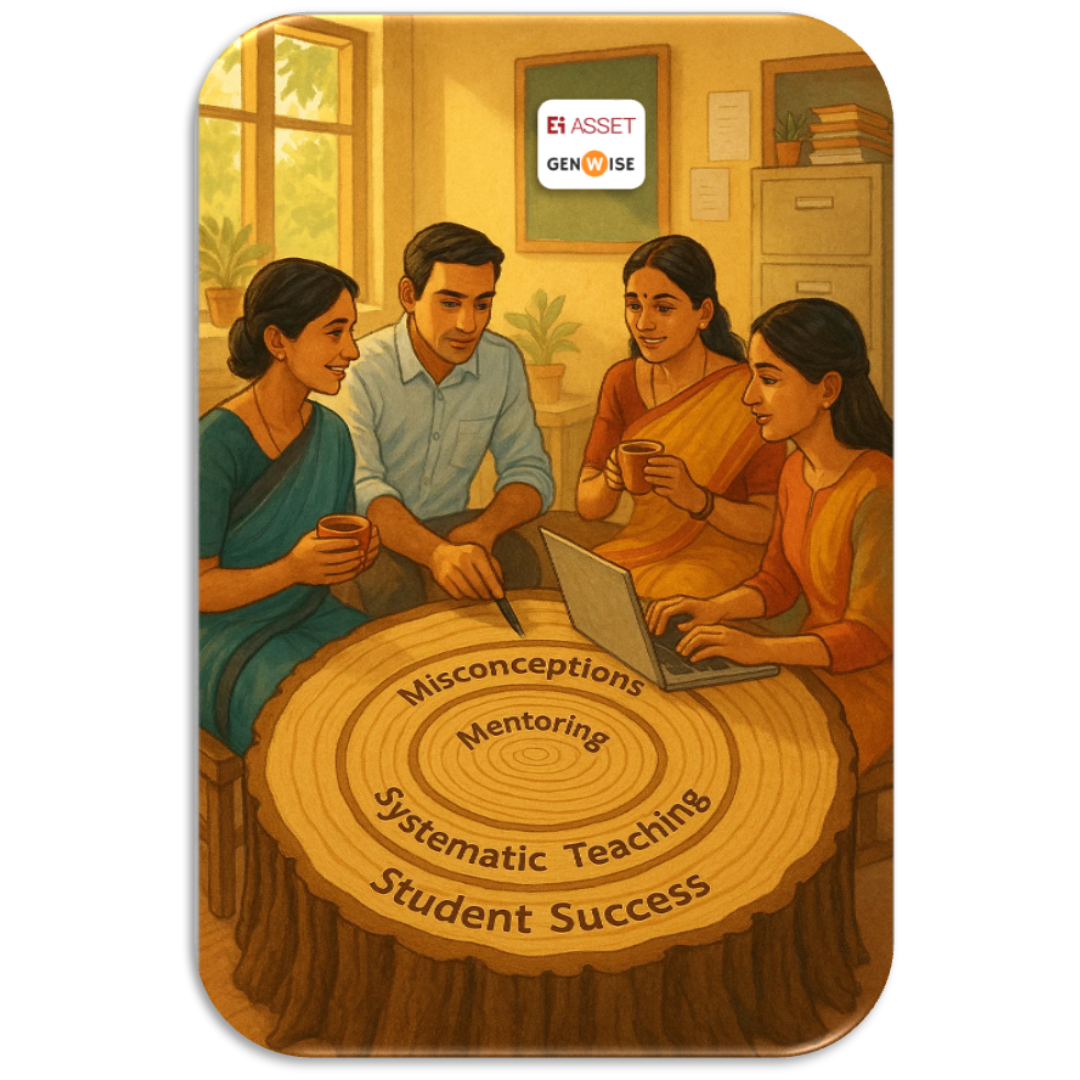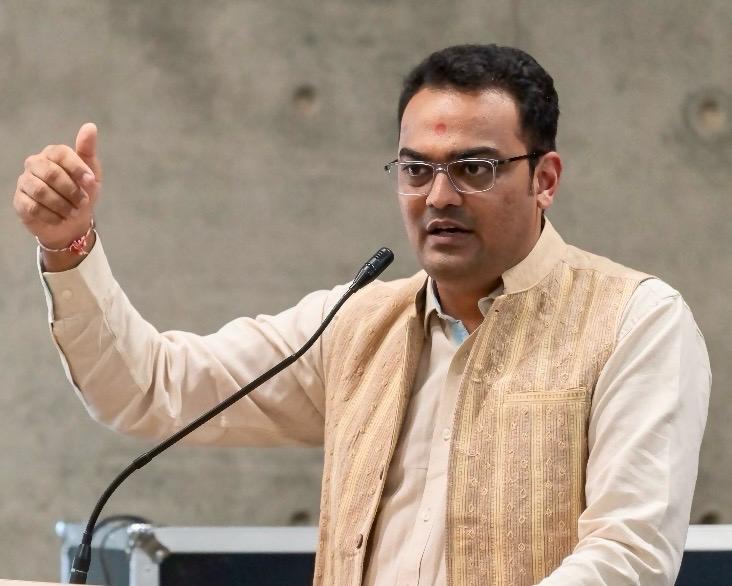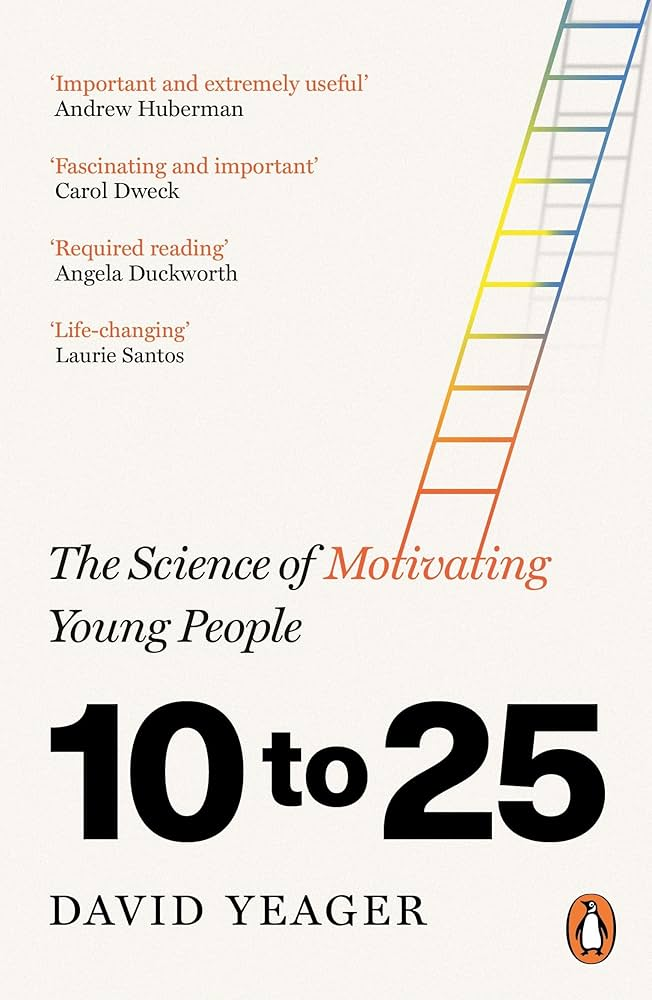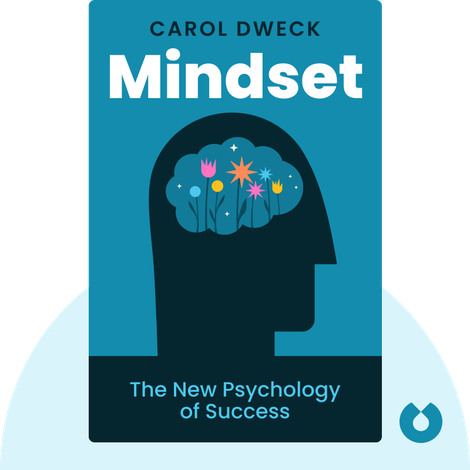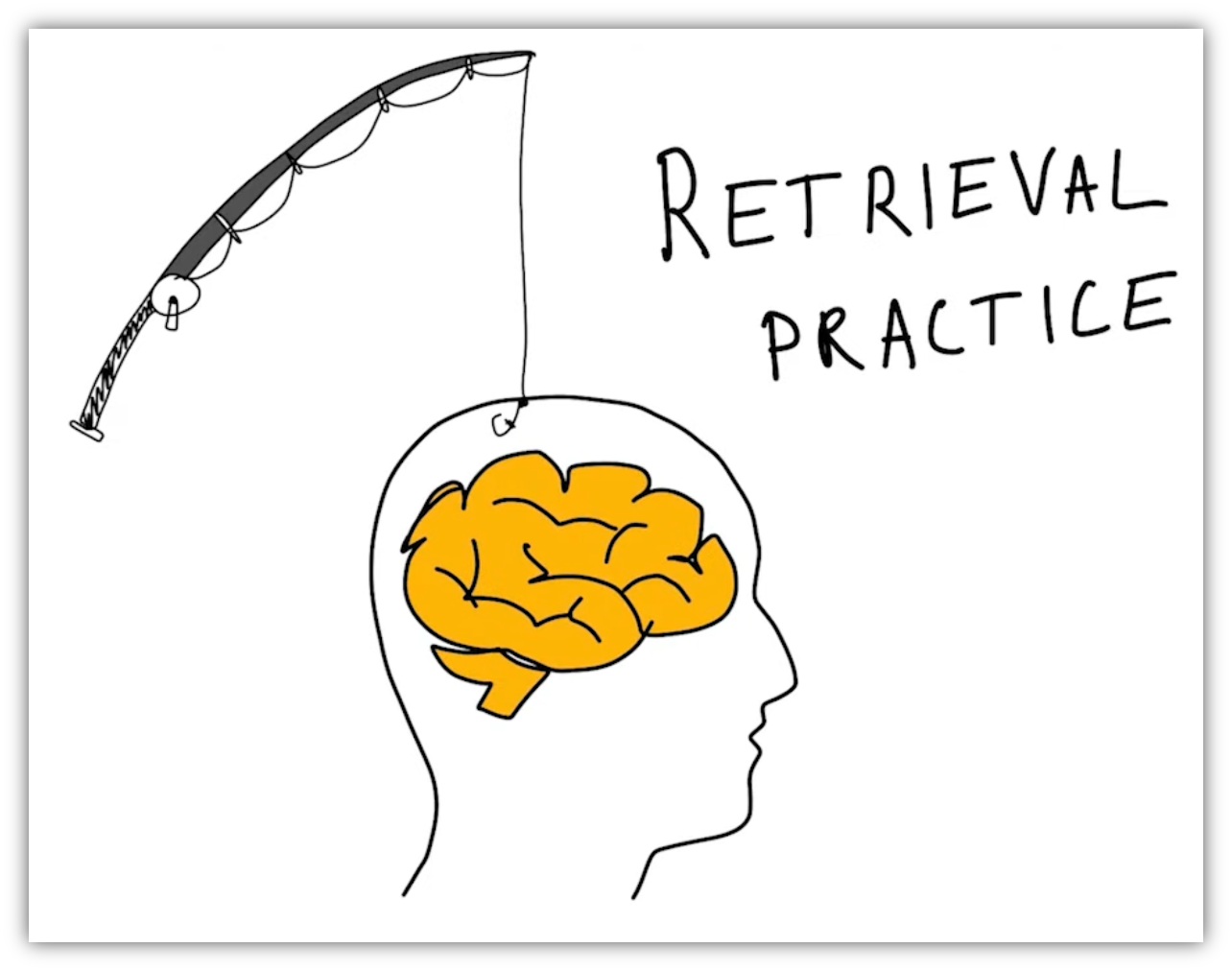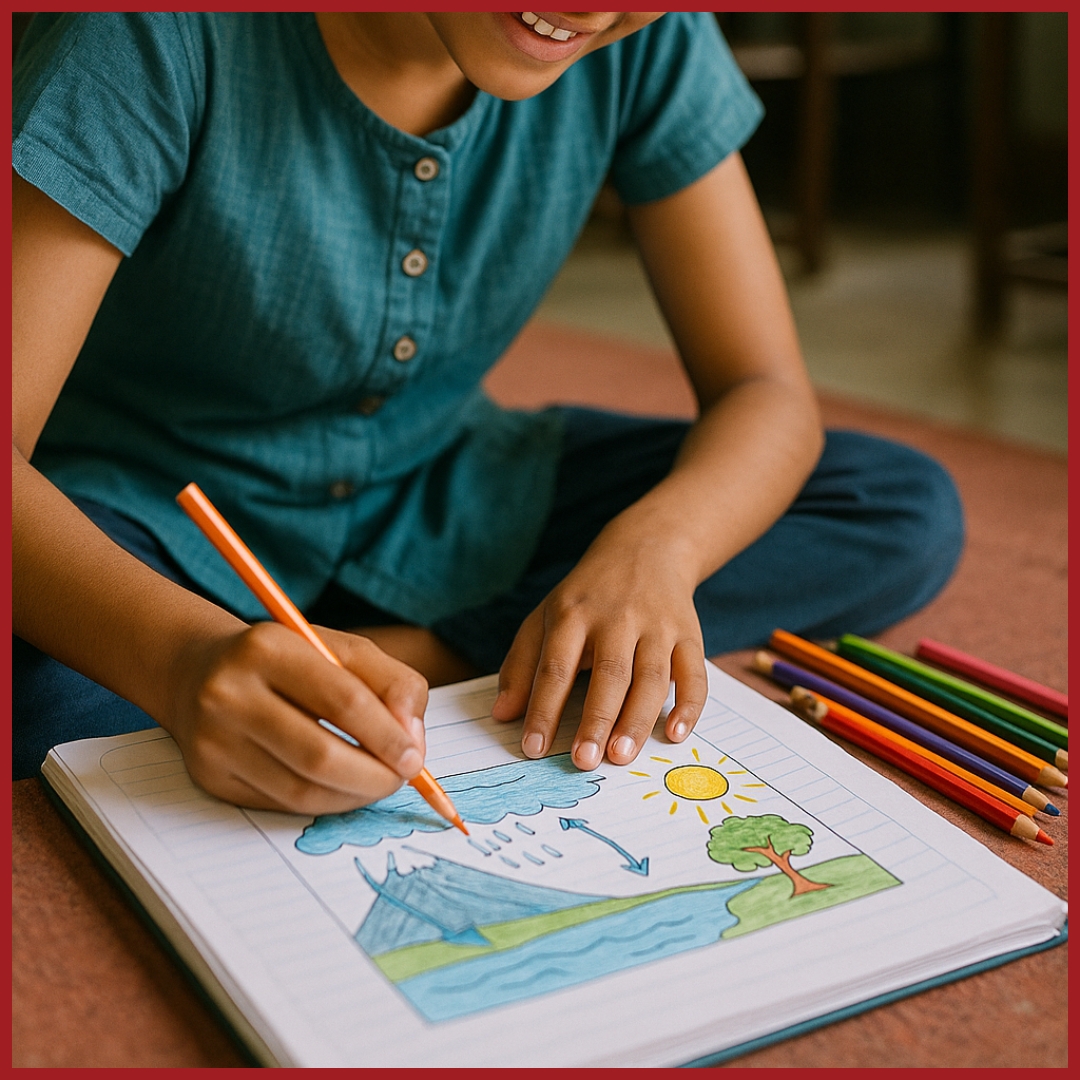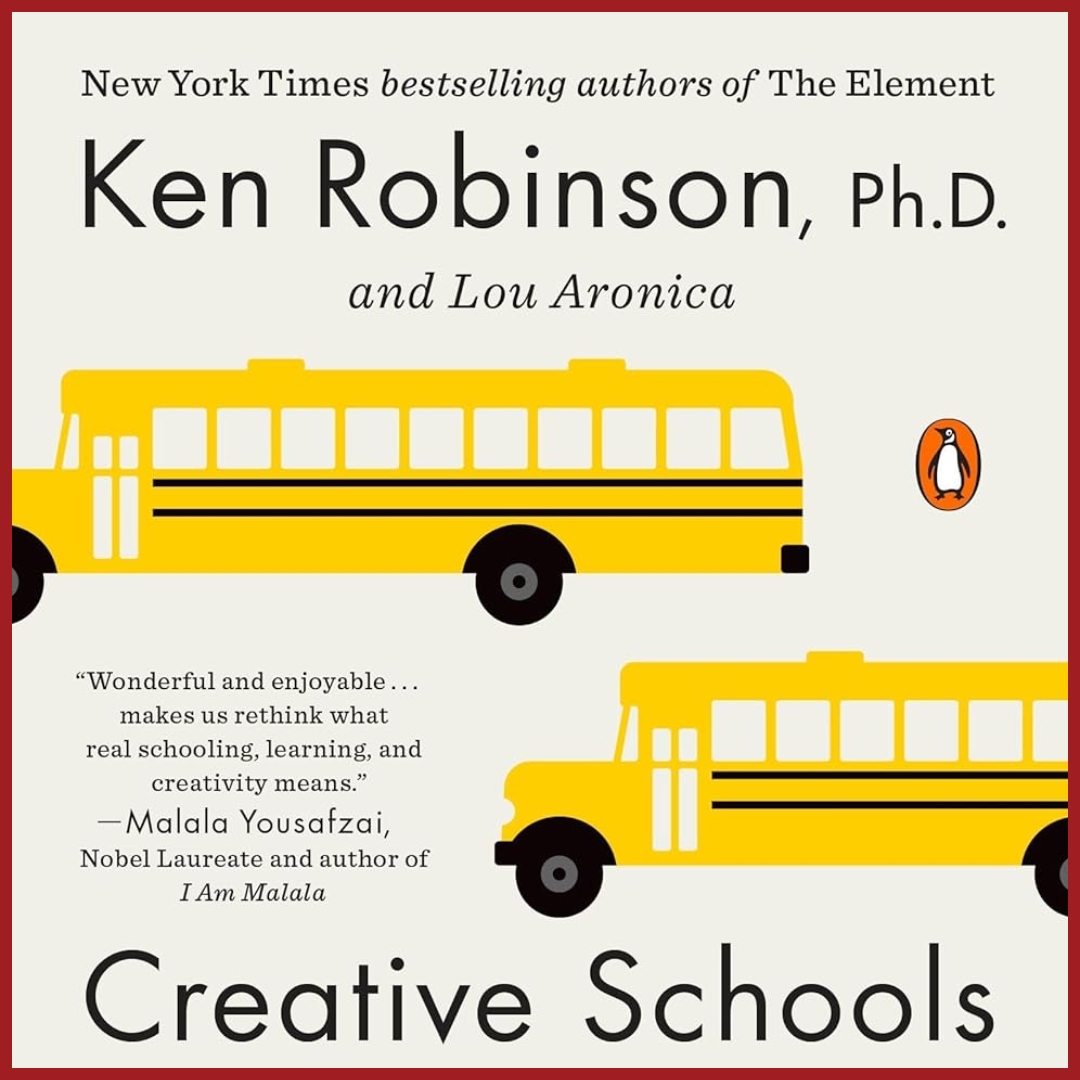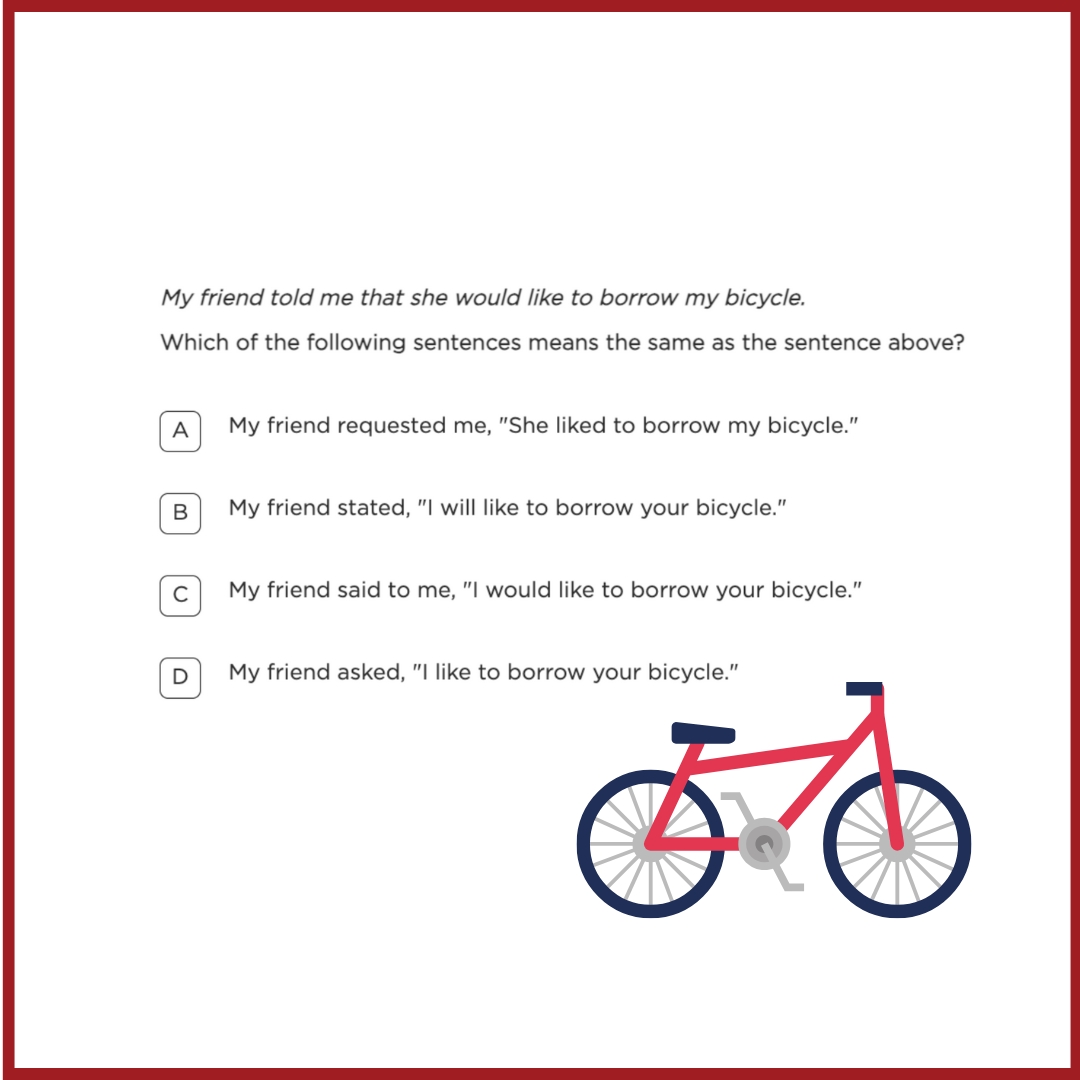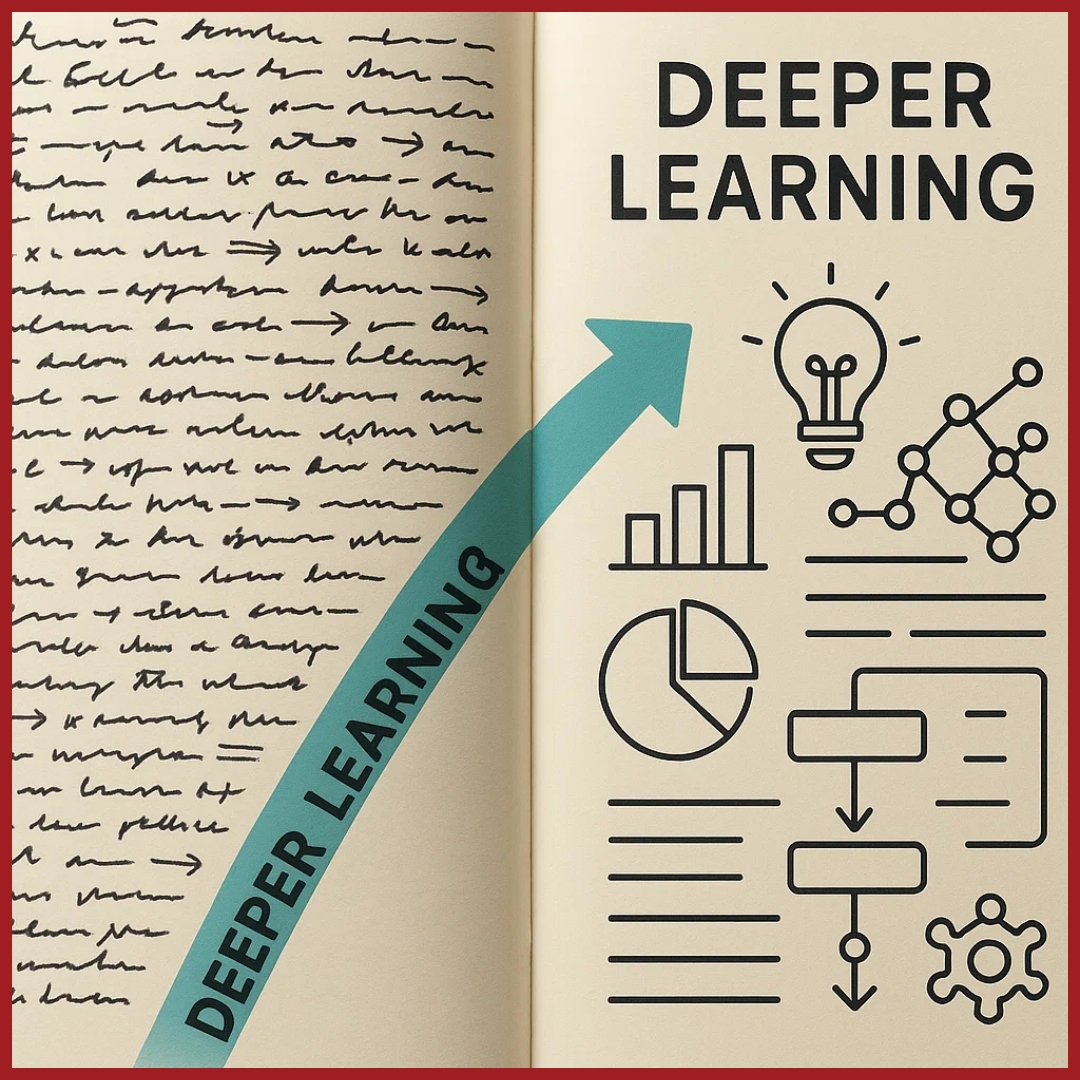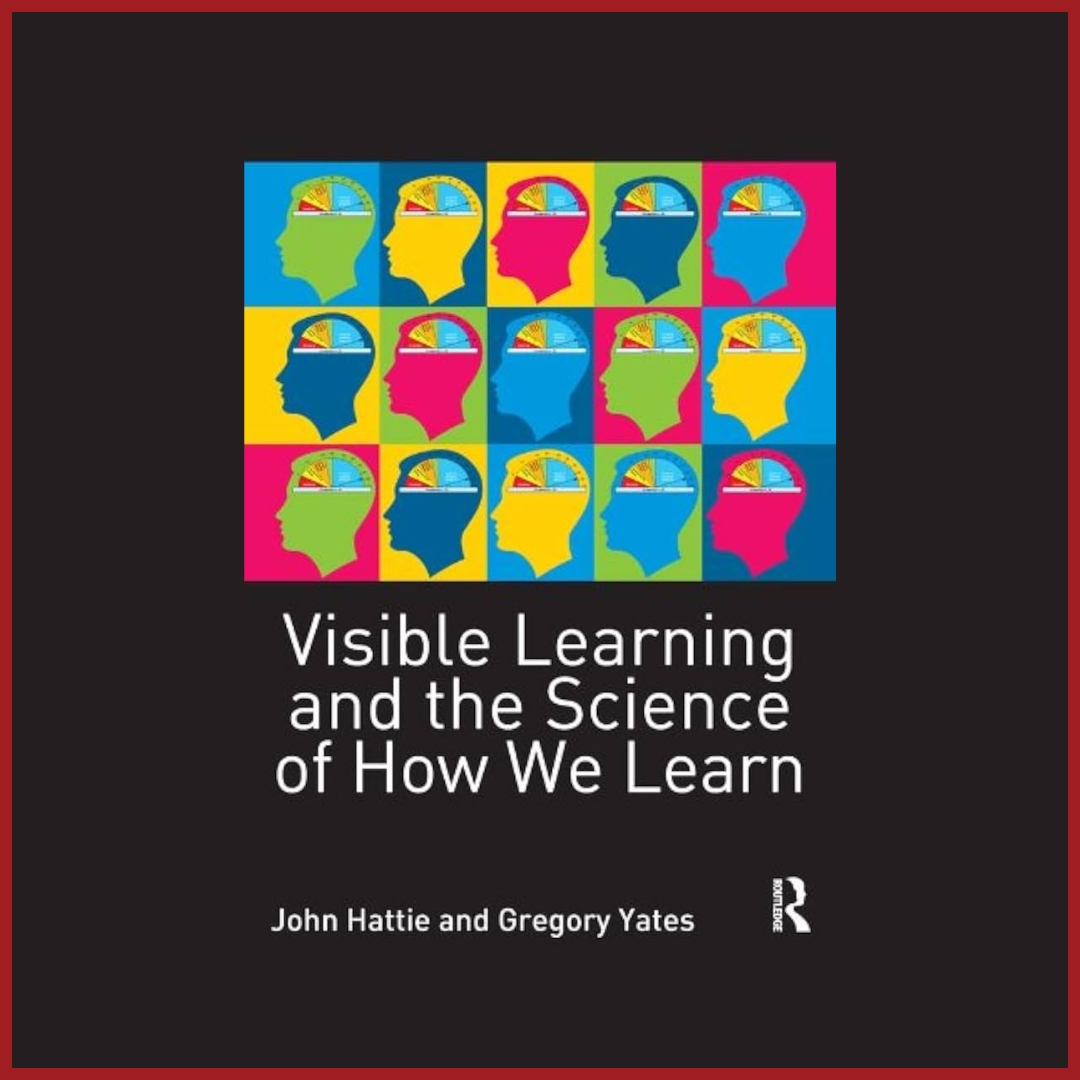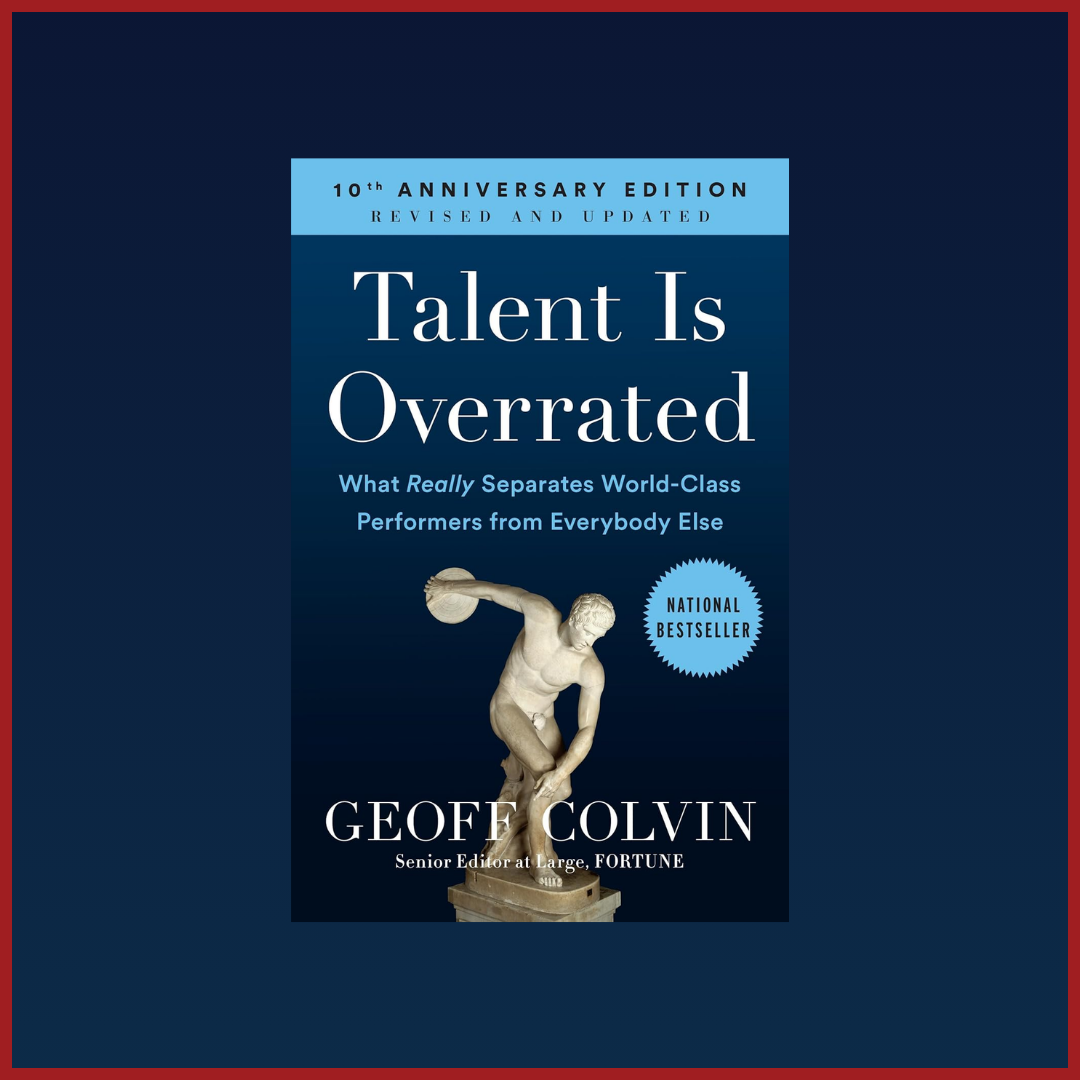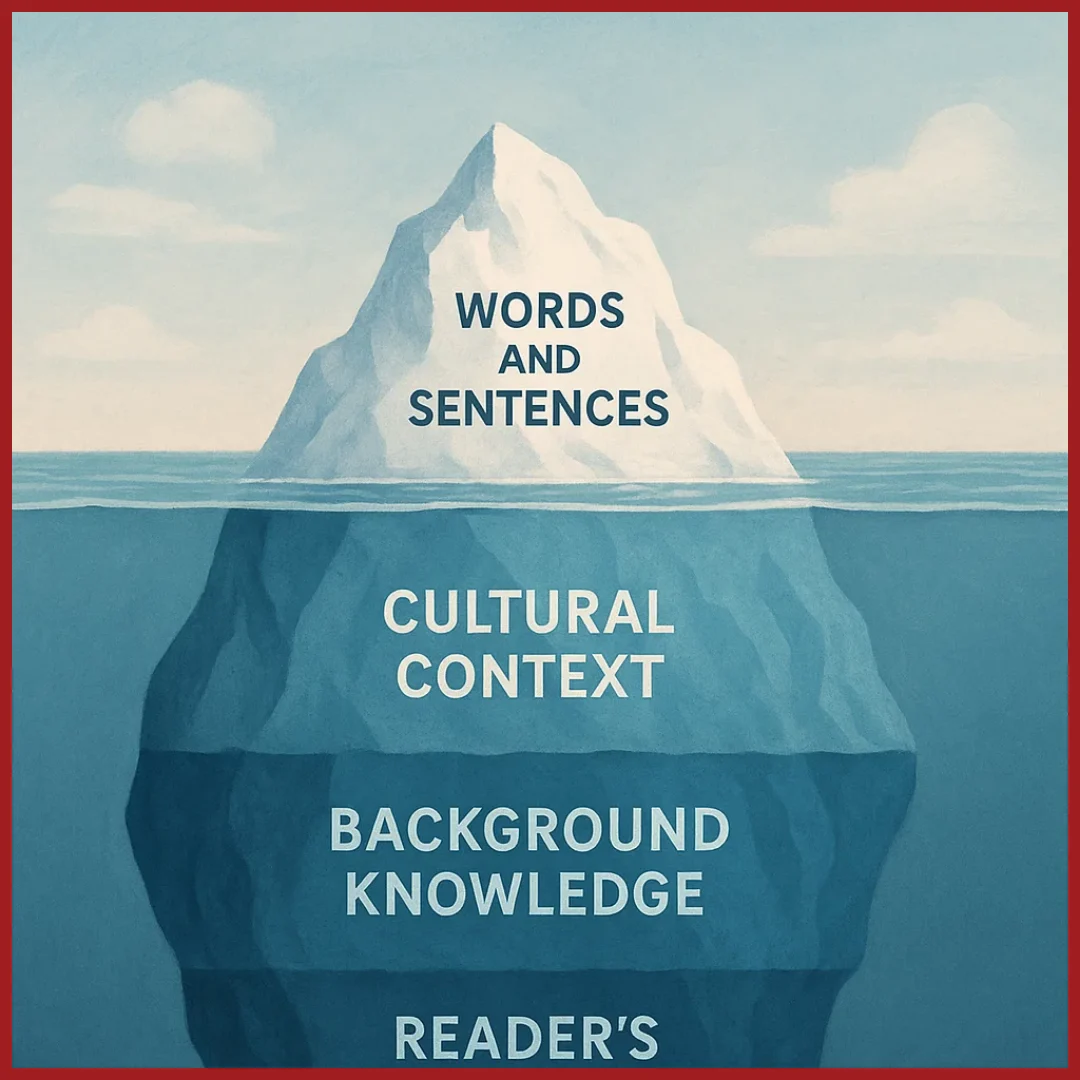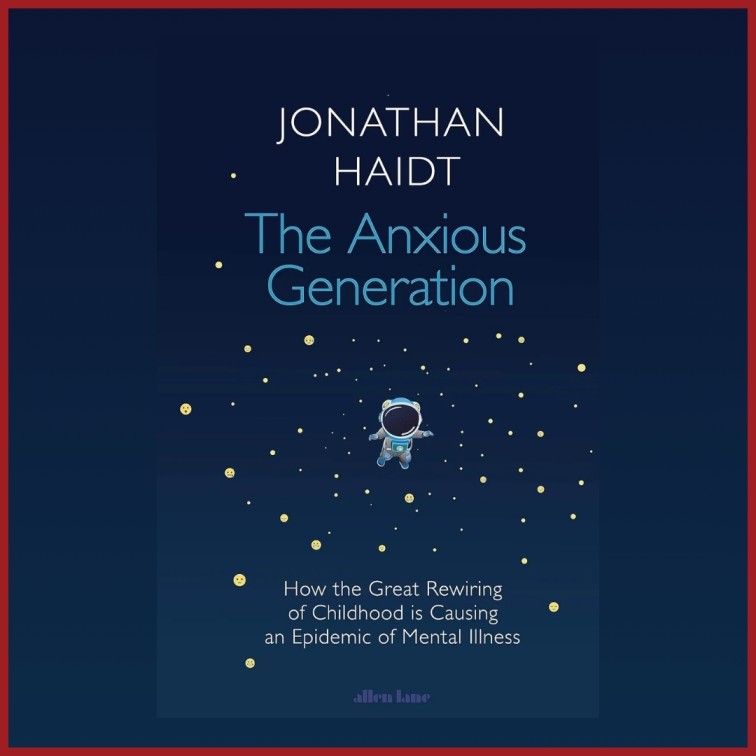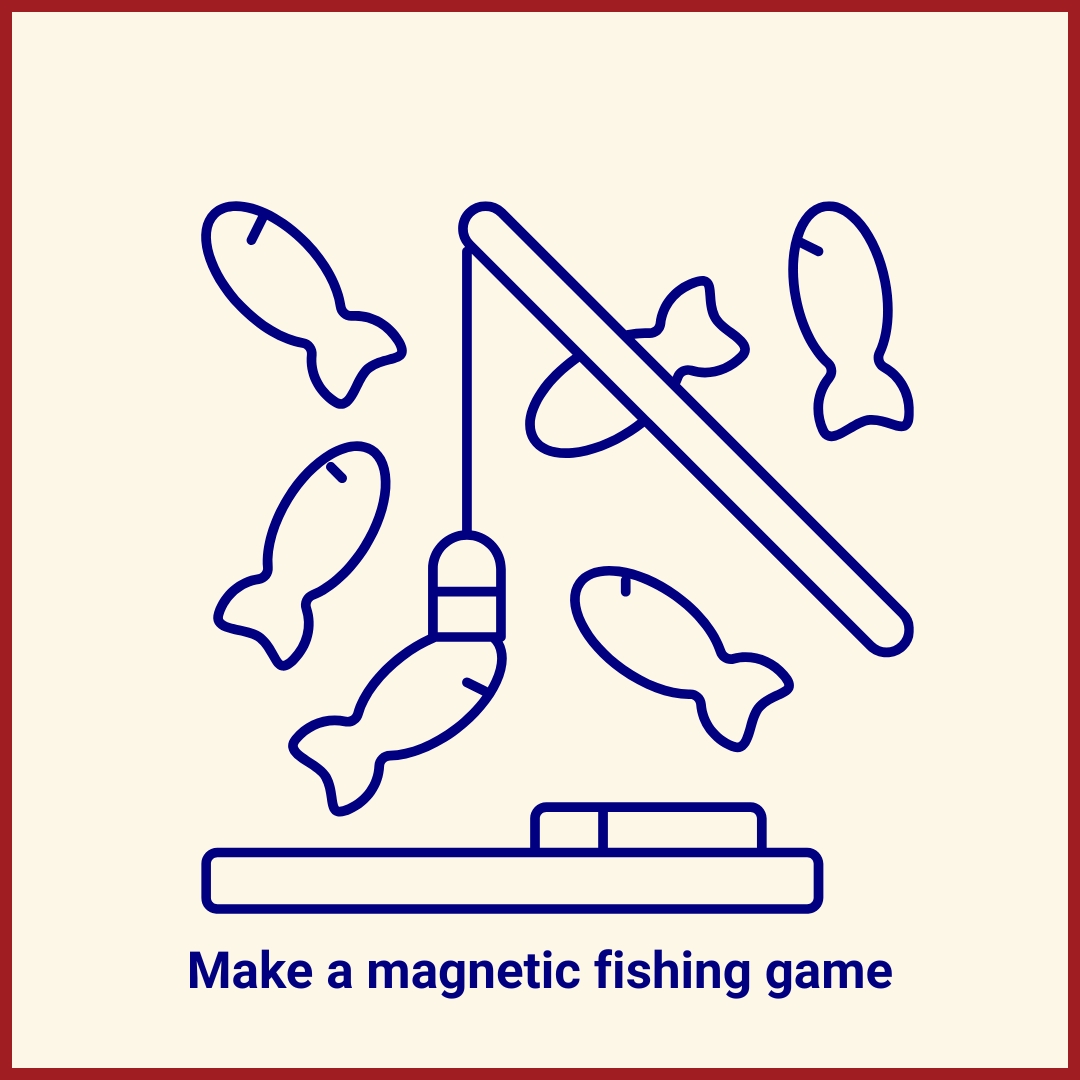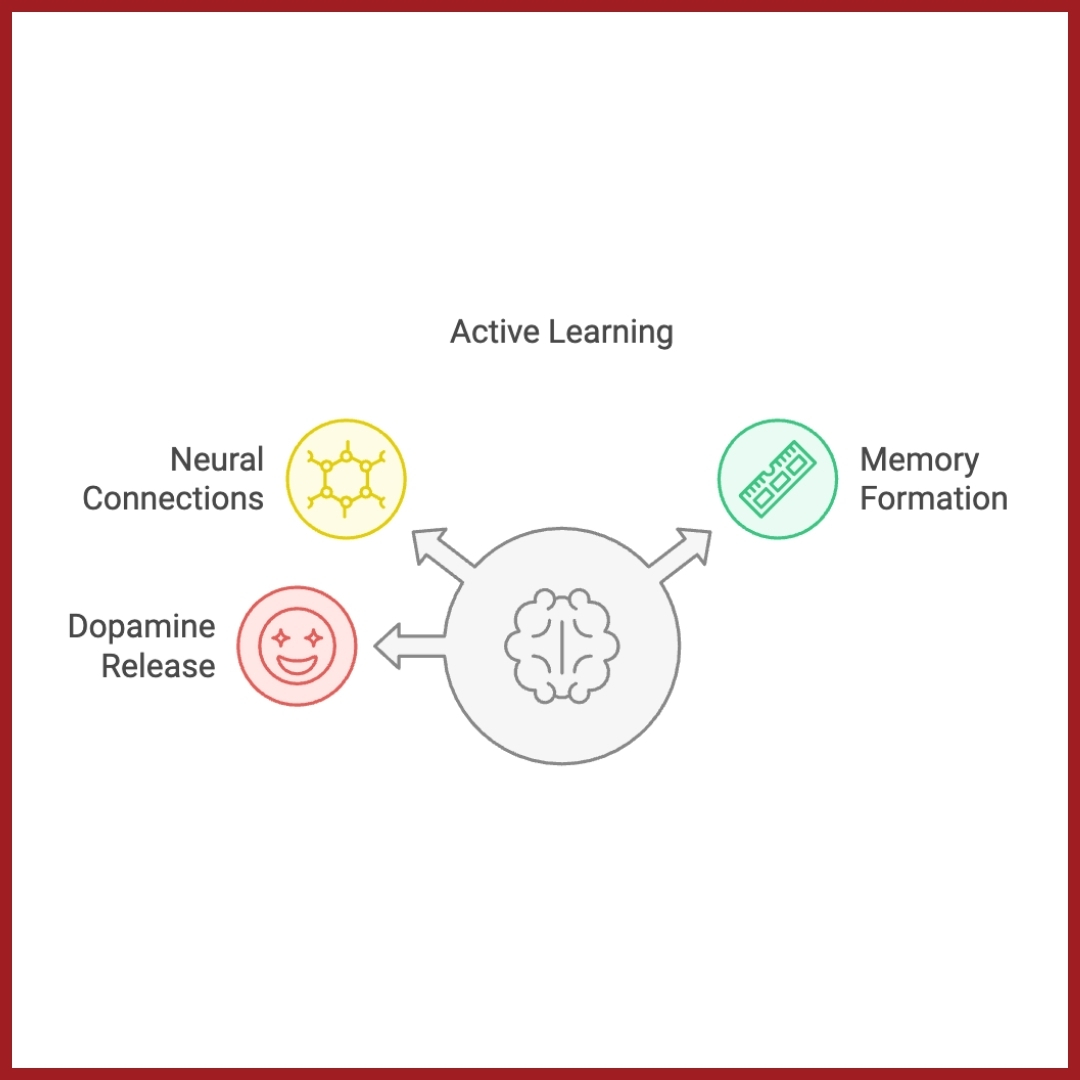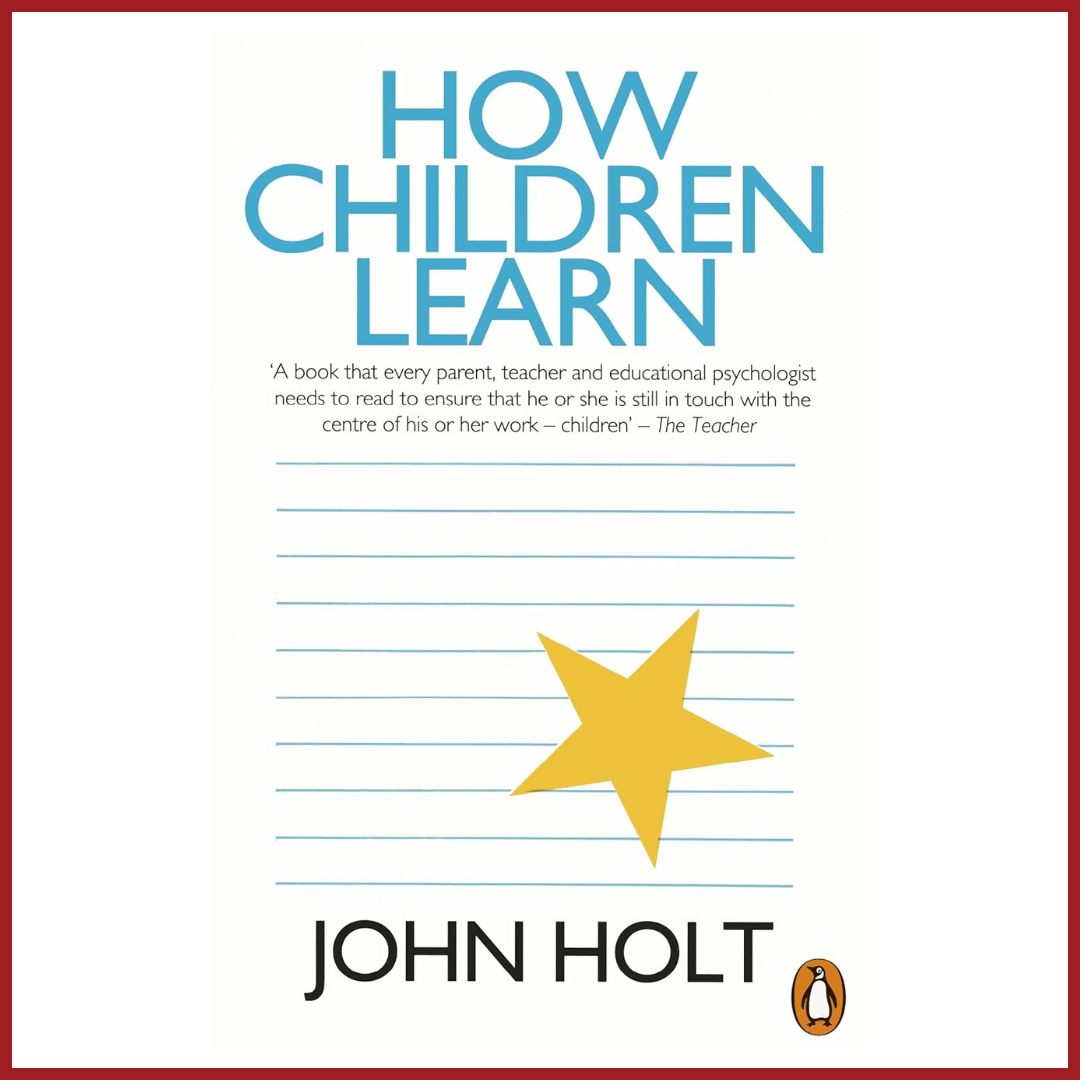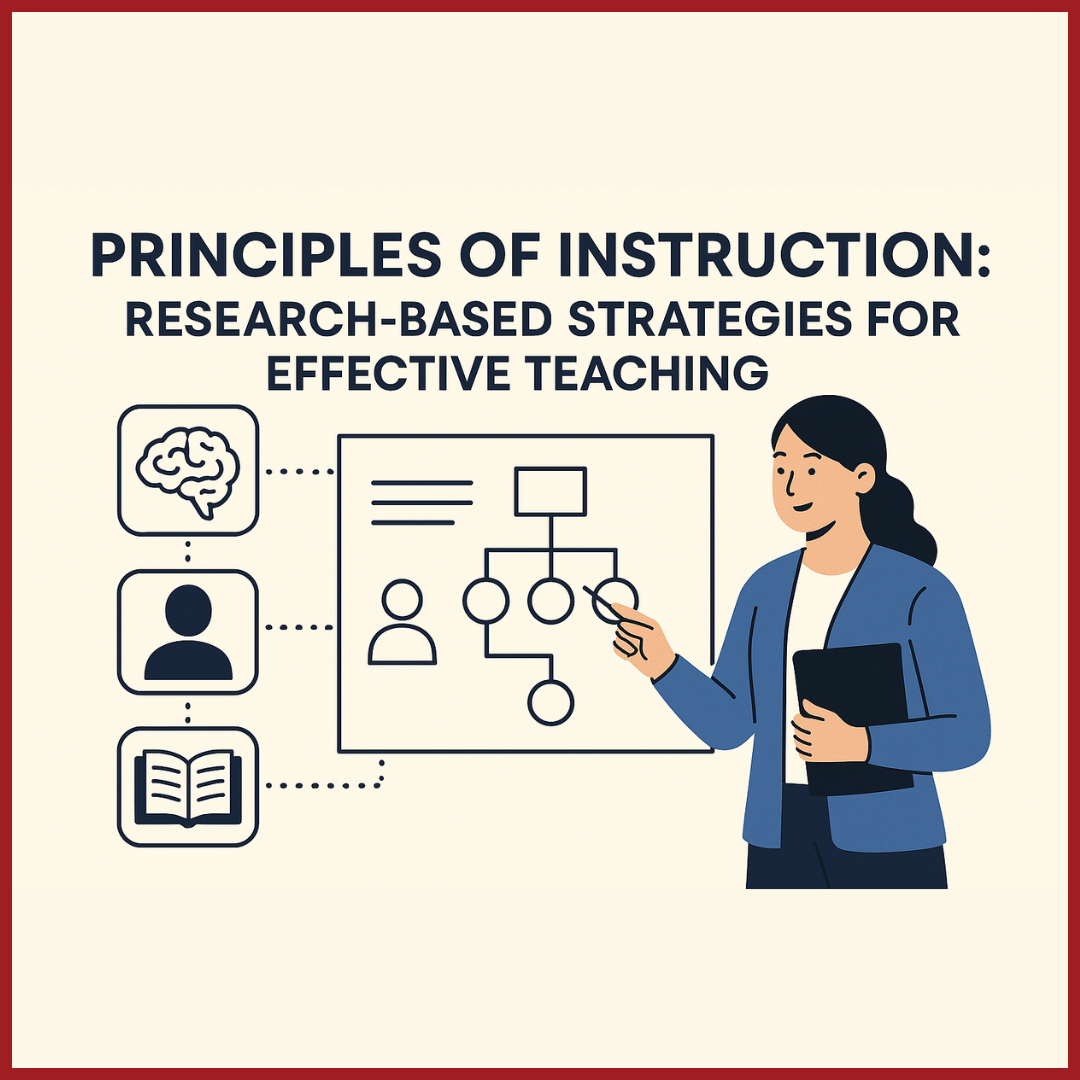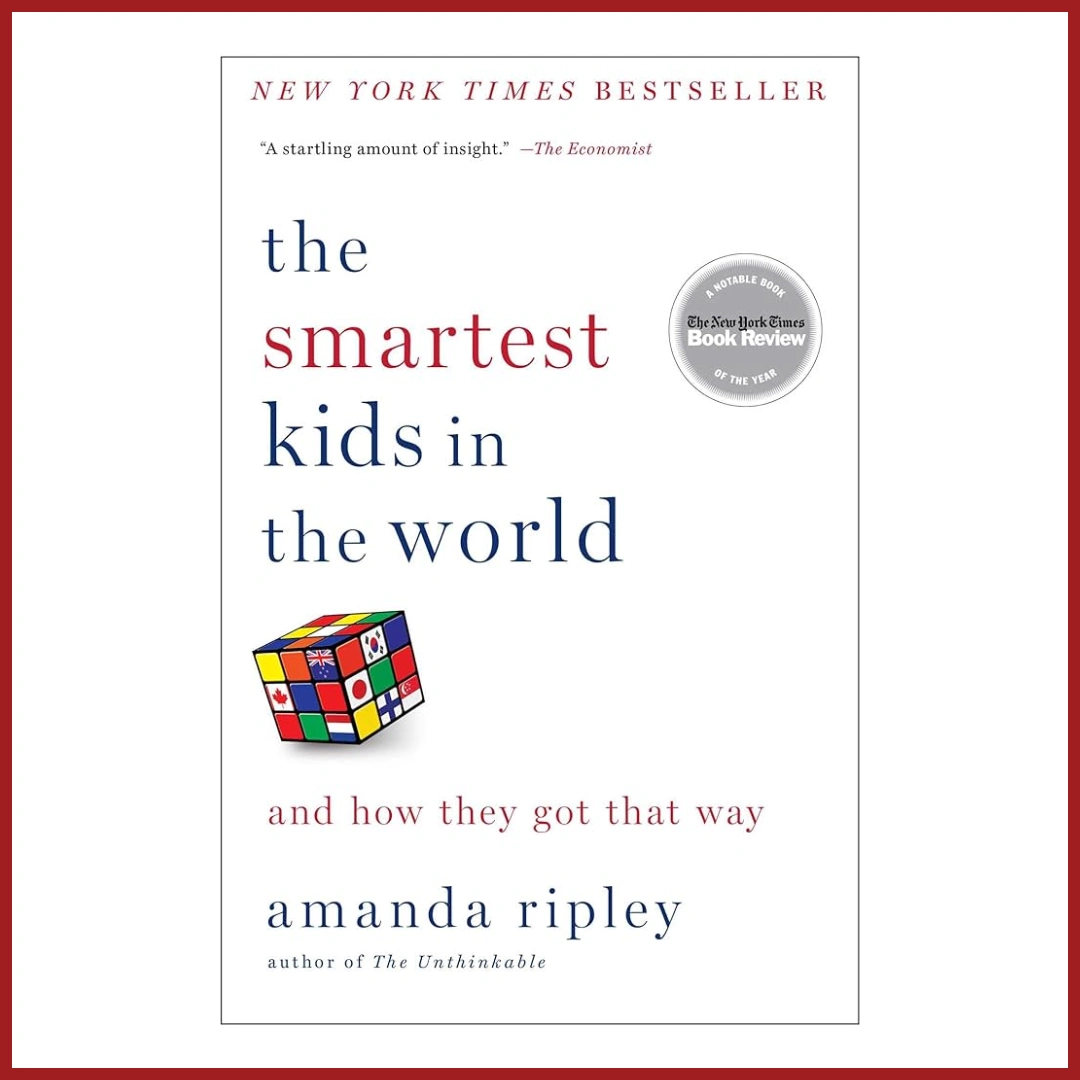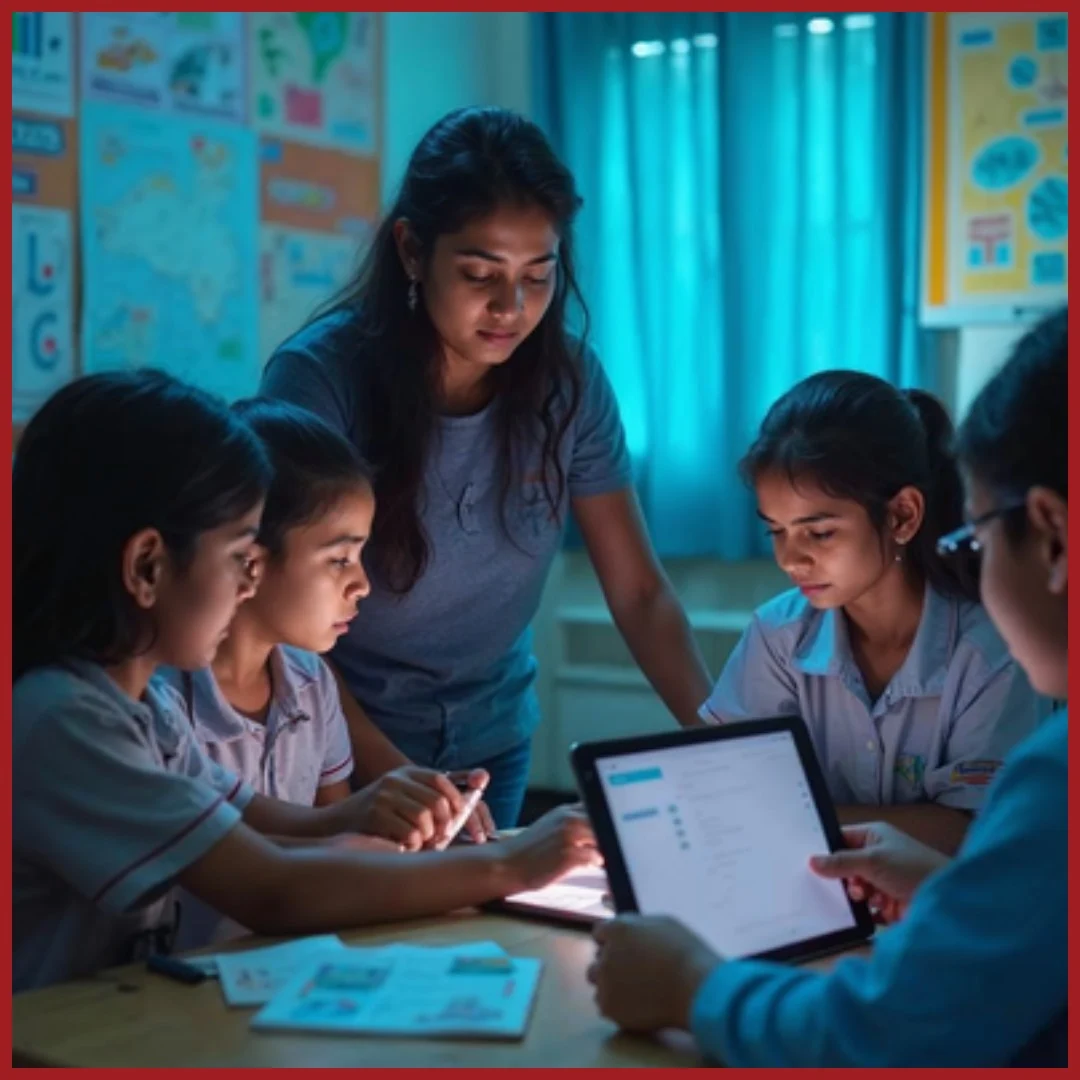Edition 05 | May 2025
Educators Speak: Principal
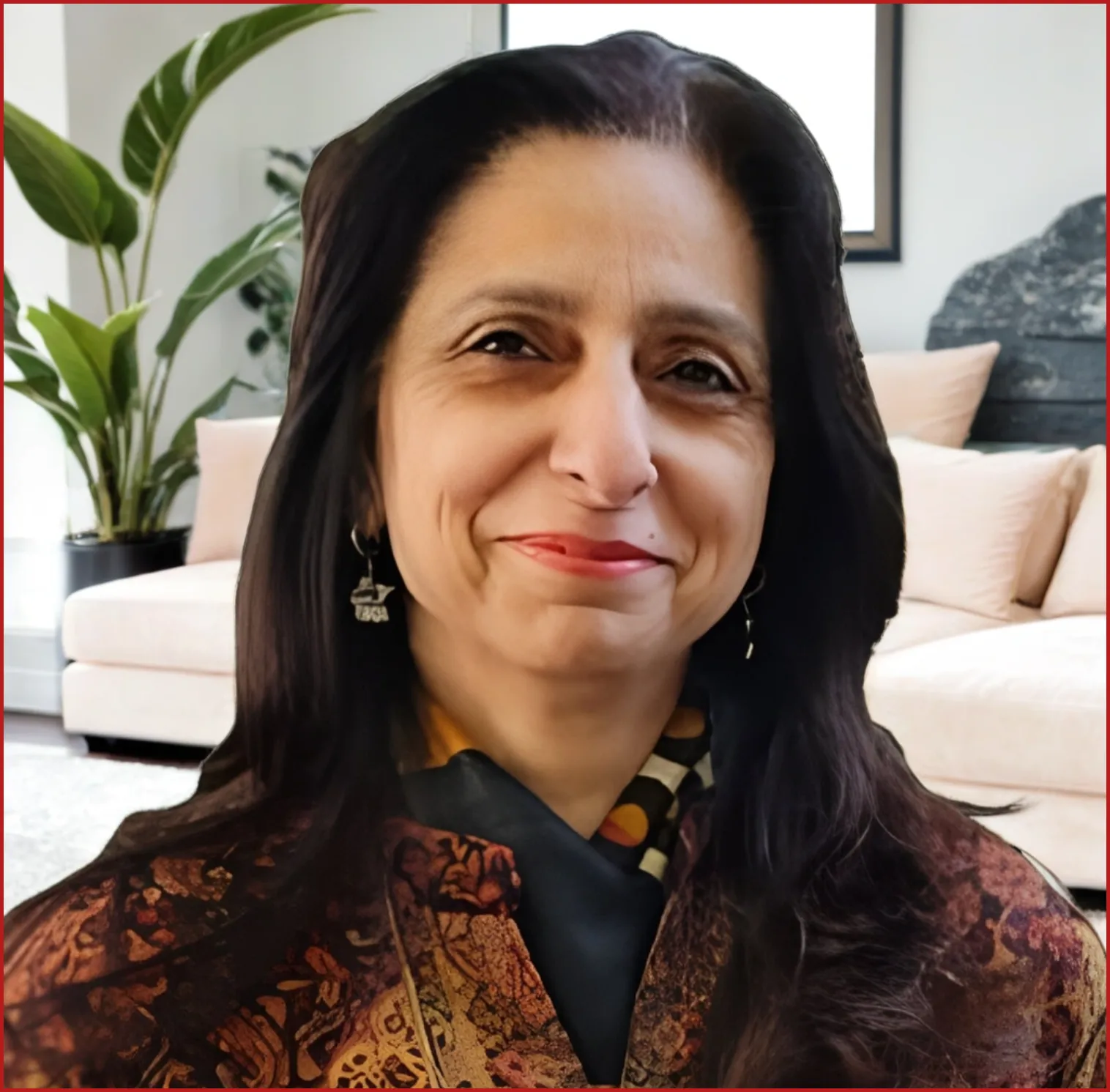
Ms. Monisha Datta
Ms Monisha Datta was raised in a family of scientists, educators, and
defence professionals—taught early on to dream big and make it happen.
With a Master’s in Computer Science and an MBA in Advertising, she
began as a software developer and corporate trainer. She co-founded The
Doon Girls School and Dehradun Boys School and currently leads them as
Director (Strategic Planning & Training) and Life Skills Coach.
She served as Country Head of Learning Forward India (2021–2024) and
regularly trains teachers and leaders. Her focus areas include designing
child-centric curricula, integrating global education practices, and
promoting mental health in young people. She also teaches at the Raphael
Ryder Cheshire Home in Dehradun.
A trained vocalist, painter, and wildlife enthusiast, she believes in lifelong
learning. She recently completed a leadership course at IIM-Calcutta and
is now pursuing an MSc in Behavioural Science and Family Therapy.
Q1. How do you balance parents’ expectations and curiosity about teaching and learning, children’s safety, and keeping them apprised of everything happening in the school—especially in a boarding school, where parents are far away?
At the start of the academic year, we share a detailed monthly calendar with parents so they know what their child is experiencing. Regular social media posts give them glimpses into school life, while scheduled phone calls and visits ensure direct communication. For students who remain on campus, we arrange weekly calls to maintain family connections.
Unplanned events, like competitions, are shared by the students themselves—helping build confidence and independence. Holiday assignments through our digital platform show parents the benefits of tech-driven learning.
Our mantra: Keep parents informed, engaged, and confident, despite the distance.
Q2. If parents disagree with the school’s teaching methods, what steps do you recommend for maintaining trust and finding common ground?
As a school, we have embraced an unconventional approach to pedagogy and upheld unique
educational principles since our inception. For almost nine years leading up to the COVID
pandemic, we operated without traditional textbooks. The only exceptions were Literature and
Mathematics, while all other subjects were taught through concept-based learning and project
driven methodologies. We’ve followed a concept-based approach, using project work and curated
articles instead of textbooks for most subjects (except Literature and Maths). Some parents
initially disagreed, especially when we introduced tech-based assessments. We responded with
regular meetings and shared Ei ASSET data to show learning gains and their ability to ability to
elicit their conceptual knowledge in application-driven, real-world thinking scenarios. We also
encouraged parents to compare the progress of siblings taught under different systems.
These dialogues helped build trust. Parents saw the results and embraced the change.
Our mantra: Teachers must involve parents actively—sharing updates, explaining the why behind the changes and showing impact.
Q3. I am aware of your passion for acknowledging and supporting neurodiversity in children. What are some of the best practices that can help cater to diverse learner needs within a single curriculum framework while still upholding high standards for all?
Best Practices for Catering to Diverse Learner Needs While Upholding High Standards:
Equity Over Equality
Equity Over Equality
- Instead of treating all learners the same, focus on equity—providing tailored support based on individual needs.
- Acknowledge that neurodiversity is an opportunity rather than a limitation.
- Develop Individual Education Plans (IEPs) to cater to specific requirements.
Understanding Neurodiversity and Class Dynamics
- Recognising how each learner learns is crucial for effective teaching.
- The size of the class impacts how well educators can observe and adapt their teaching methods.
- Smaller groups or personalised attention can improve learning outcomes.
Thematic Learning for Reinforcement
- Teaching through interdisciplinary methods—art, music, numbers, and language—helps reinforce concepts.
- Presenting content in varied formats increases engagement and adaptability for neurodiverse learners.
Scaffolding and Layered Support
- Break down complex ideas into smaller, manageable tasks to improve comprehension.
- Provide consistent guidance and gradual independence, building students’ confidence.
Teaching Through ‘Known to Unknown’
- Start with familiar concepts and gradually introduce new knowledge.
- Being culturally sensitive allows educators to use relatable real-life examples that enhance understanding.
Flexible and Inclusive Assessment Methods
- Standardised testing isn’t always effective for diverse learners.
- Design differential assessments that accommodate various learning styles, such as projects, presentations, and experiential evaluations.
By integrating these approaches, educators can create a more inclusive, effective, and high standard learning environment that supports neurodiverse students in reaching their potential.
Q4. In your experience, which specific skills or competencies should teacher training programmes emphasise to meet today’s classroom demands?
Teachers in today’s classrooms need to become educators on a journey to collaboratively learn.
They need to develop the following competencies to ensure a healthy and collaborative
environment conducive for learning.
Encourage Discussion for Deeper Understanding:
Educators should embrace discussions as a teaching tool to ensure students truly grasp concepts
and create interactive classrooms where questioning is encouraged and valued.
Master the Art of Questioning:
Teachers must know how to ask thought-provoking questions that inspire critical thinking and
promote a growth mindset as well as encourage destructive growth.
Embrace Digital Expertise:
Teachers should move beyond digital literacy to acquire digital expertise and leverage AI and
emerging technologies to enhance teaching methods and facilitate better learning experiences.
Adapt to Student Communication Styles:
Teachers must understand the evolving ways students communicate—being clear, approachable,
and open to addressing diverse needs—while ensuring communication is engaging and
responsive to students’ challenges, and being encouraging and patient listeners who adapt to
both verbal and non-verbal communication styles.
Learn Alongside Students:
Educators should normalise learning with students as a strength rather than a weakness,
participate in the ongoing journey of adapting to the changing educational landscape, and
encourage students to be lifelong learners by modeling that behaviour themselves.
Handle Diversity with Empathy:
Teachers must recognise and adapt to cultural and neurodiversity in classrooms, and approach
teaching with compassion, patience, and a deep understanding of students’ individual needs.
Understand Communication in All Forms:
Educators should develop skills to interpret both verbal and non-verbal communication to provide
tailored guidance, and strive to address the unique requirements of each student effectively.
Q5. If you were to meet your younger self in your initial years as an educator, what advice would you give her?
Hey younger self, I have a few words of wisdom or should I say learnt lessons for you:
Just loosen up a bit and learn to live. Remember how you thought you had to be the perfect in
everything you did? Surprise! —turns out, perfection is overrated or rather there is no such thing as
perfect, and the best lessons come from the beautifully chaotic mess of life. So, here’s what you
need to do as you handle these young minds:
Let these souls chase their wildest dreams—even if today they want to be a clown and tomorrow a marine biologist, let them carve their own path and plant their own gardens. Encourage hobbies, because one day, someone’s obsession with doodling in the margins might lead to the creating a master piece. Teach them to take risks, fail spectacularly, and get back up with a grin, because life’s best successes are built on stacks of laughable mistakes.
And those boxes society wants them to fit into? Rip them up. Make confetti and throw it around to add colour to everyone’s life. Tell them to build their own weird, wonderful niche where their brilliance sparkles and dazzles them all.
Most importantly, dear younger self quit hunting for life’s grand purpose like it’s a missing sock— just keep living, and let purpose sneak up on you like an old friend who crashes your dinner plans unannounced.
You’ll look back one day and realise the best moments weren’t planned—they were improvised, messy, and full of unexpected joy. And honestly? That’s the best kind of education. Let them be outdoors, getting tanned and dirty and let them decide their learnings as they grow. And as you teach them these lessons, do not forget to follow these instructions because by the end both of you are companions in this journey called learning.
Let these souls chase their wildest dreams—even if today they want to be a clown and tomorrow a marine biologist, let them carve their own path and plant their own gardens. Encourage hobbies, because one day, someone’s obsession with doodling in the margins might lead to the creating a master piece. Teach them to take risks, fail spectacularly, and get back up with a grin, because life’s best successes are built on stacks of laughable mistakes.
And those boxes society wants them to fit into? Rip them up. Make confetti and throw it around to add colour to everyone’s life. Tell them to build their own weird, wonderful niche where their brilliance sparkles and dazzles them all.
Most importantly, dear younger self quit hunting for life’s grand purpose like it’s a missing sock— just keep living, and let purpose sneak up on you like an old friend who crashes your dinner plans unannounced.
You’ll look back one day and realise the best moments weren’t planned—they were improvised, messy, and full of unexpected joy. And honestly? That’s the best kind of education. Let them be outdoors, getting tanned and dirty and let them decide their learnings as they grow. And as you teach them these lessons, do not forget to follow these instructions because by the end both of you are companions in this journey called learning.
Enjoyed the read? Spread the word
Interested in being featured in our newsletter?
Check out the latest edition here.
Feature Articles
Join Our Newsletter
Your monthly dose of education insights and innovations delivered to your inbox!
powered by Advanced iFrame

